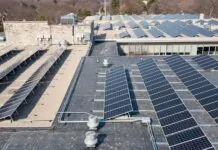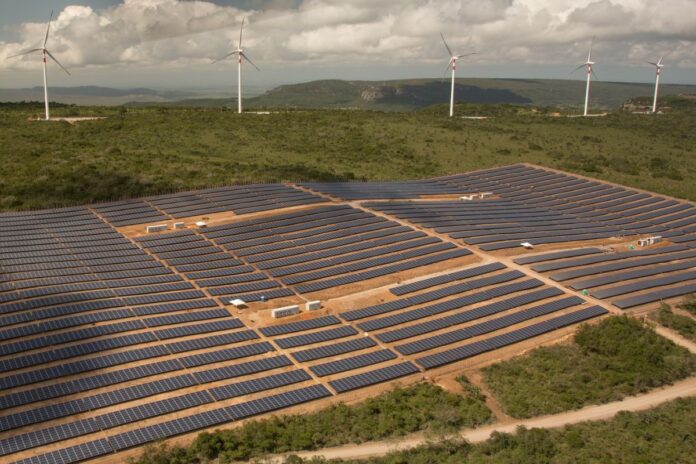
Brazil set a new record in August 2025. Wind and solar delivered 34 percent of the nation’s power for the first time in history.
That means more than one-third of the electricity came from clean sources in a single month.
Hydro power dropped to the lowest level in four years, yet the grid held steady because wind and solar filled the gap.
Clean Energy Sets the Pace in August
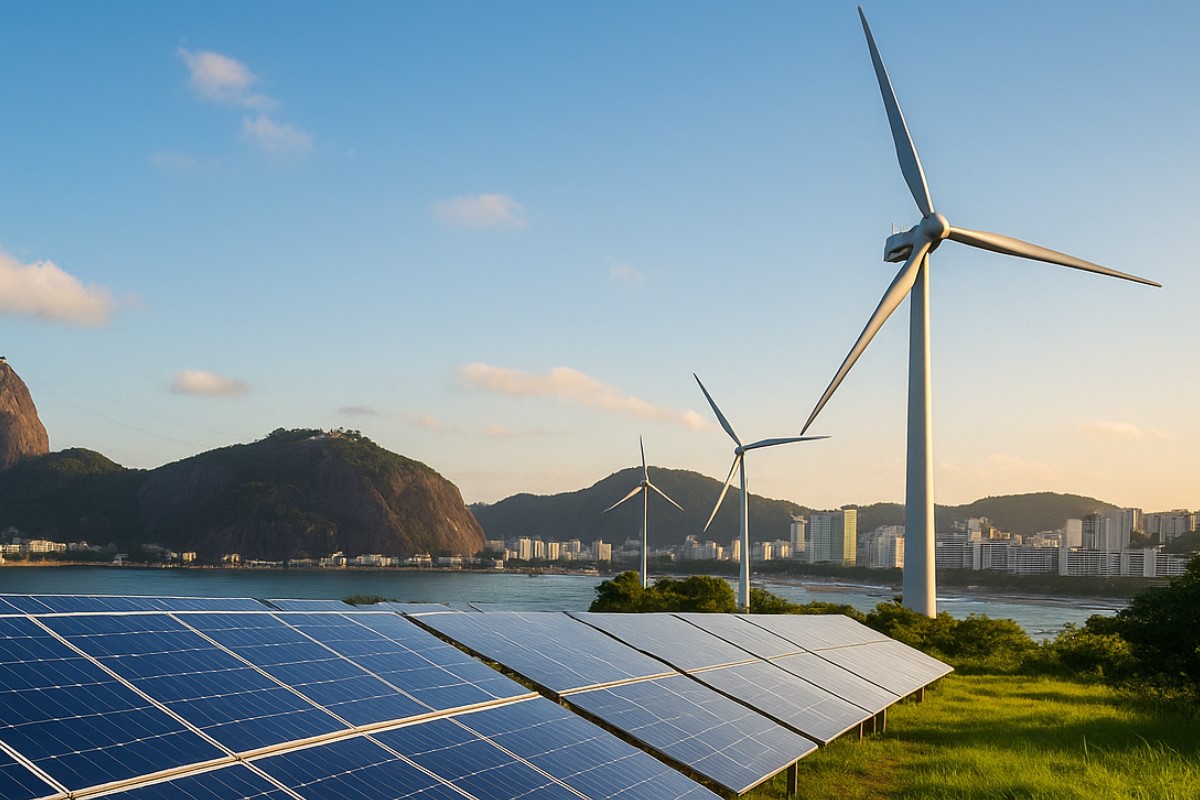
August in Brazil is usually dry. Rivers shrink, reservoirs dip, and hydro plants lose their force. This year was no different, but the outcome was.
Instead of scrambling for fossil fuel, the country leaned on wind and solar. They delivered 19 terawatt hours of electricity. That came out to 34 percent of the grid, a first in national history.
Renewables on the Front Line
Picture the vast wind corridors in the northeast, blades spinning day and night, sending nearly 12 terawatt hours into the system.
Add to that the solar farms stretched across the dry interior, pushing another 7 terawatt hours. Together, they set a new high, breaking the record that had stood since late 2024.
Renewables on the Front Line
Families in São Paulo kept lights on through dry evenings without facing higher bills. In Rio, hospitals relied on steady grid power for critical care.
In Bahia, factory floors stayed bright and production lines moved without interruption. The milestone showed how clean energy carried Brazil through a season that once meant risk and shortage.
Hydro Faces Pressure in the Dry Season
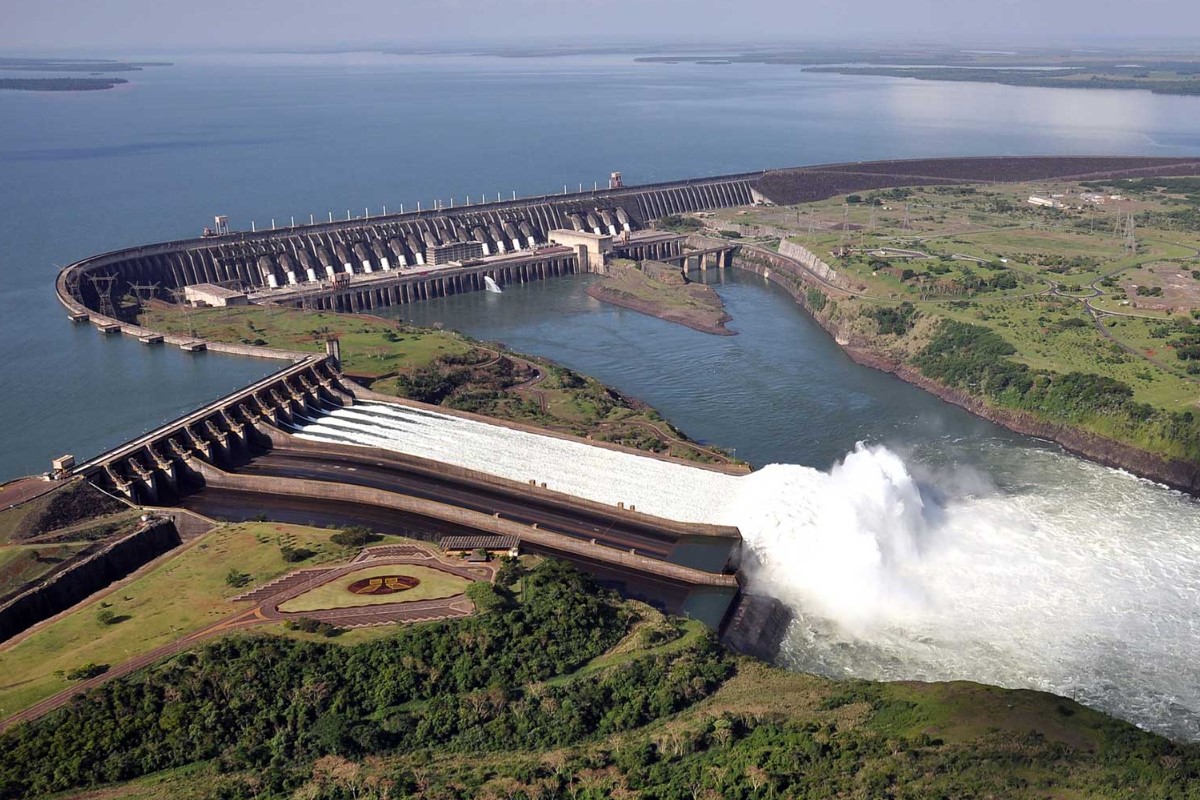
Hydro power could not deliver enough power in August. Output fell to 27 terawatt hours, covering only 48 percent of demand. That was the lowest August level since 2021.
Once the dominant force, hydro is now sliding year after year. Wind and solar have grown in the same window.
They stepped in where hydro failed, keeping fossil fuels under control. The numbers tell the story when laid out year by year.
Production of Electricity by Source (August 2021-2025)
| Year | Hydro TWh | Hydro Share | Wind + Solar TWh | Wind + Solar Share | Fossil Share |
|---|---|---|---|---|---|
| 2021 | 29 | 55% | 9 | 17% | 26% |
| 2022 | 30 | 53% | 11 | 20% | 23% |
| 2023 | 32 | 52% | 13 | 22% | 21% |
| 2024 | 31 | 51% | 15 | 25% | 20% |
| 2025 | 27 | 48% | 19 | 34% | 14% |
According to Ember Energy.
The sequence shows the pattern clearly.
Hydro has slipped from 55 to 48 percent in five years.
Fossil fuels fell from 26 to 14 percent. Wind and solar filled that space, climbing from 17 to 34 percent.
Fossil Fuel Reliance Stays Under Control
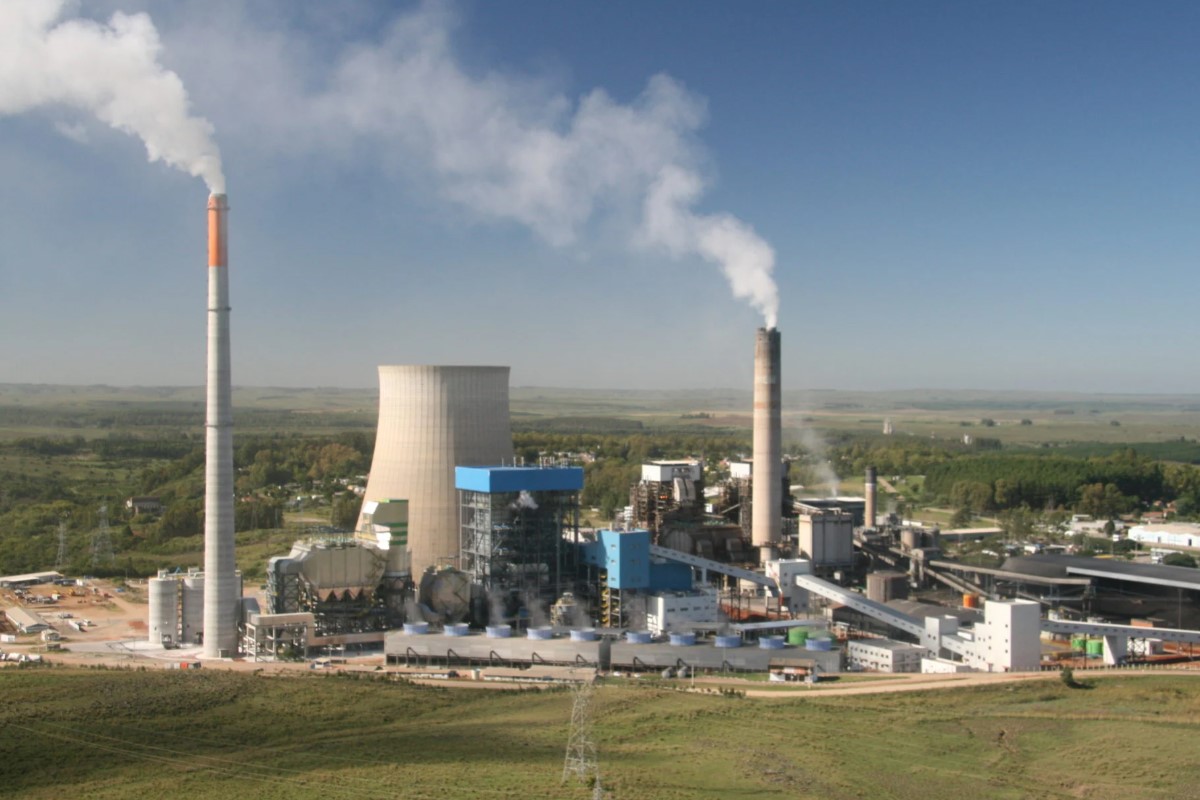
Coal, oil, and gas covered 14 percent of the grid, equal to 7.8 terawatt hours. In August 2021, fossil share had jumped to 26 percent.
The contrast shows how far Brazil has come. The difference is simple. Wind and solar carried the load.
Their record output meant Brazil did not need a surge of fossil generation. That kept power bills steady and prevented an emissions spike.
The emissions from electricity production stood at 79 million tonnes of CO2 in 2024, down from 114 million tonnes in 2014, even as demand kept climbing.
The previous month proved that renewables now shield the country from the kind of fossil shocks that once rattled the grid.
Power Demand Continues to Climb
Brazil is consuming more electricity every year. Demand rose by 4.8 percent in 2023 and 5.3 percent in 2024.
Projections point to another 3.4 percent per year until 2030. That level of growth is among the fastest in the world.
So far, renewables have kept up. Between 2014 and 2024, wind and solar added 168 terawatt hours of supply. That was enough to cover all new demand and still cut fossil use by 64 terawatt hours.
Without the expansion, the country would already be importing more coal and gas. There is pressure building.
Grid connections are jammed, projects are waiting in line, and solar additions slowed in the first half of 2025 to 7.1 gigawatts, down from 9.9 gigawatts in the same months of 2024.
The need is clear. If transmission and regulation cannot catch up, demand growth will outpace supply, and fossil fuel use will rise again.
Investment Roadblocks Slow Progress
Brazil is adding clean power, but several projects show how fragile the progress is. Transmission lines, financing costs, and company retreats are slowing the build-out of new capacity.
Transmission Projects
The Bipolo Graça Aranha to Silvânia transmission line began construction in June 2025. It stretches over 1,400 kilometers and carries an investment of about 23 billion reais.
The line is designed to move wind and solar output from the Northeast into central regions. Current timelines point to 2030 before completion.
Until then, many wind farms in Ceará and Rio Grande do Norte will continue to run below full capacity.
The Parnaíba to Açu transmission project is another example. Legal disputes and delays in environmental approval pushed the start date back multiple times.
Developers confirmed that turbines already installed in Maranhão are generating power that cannot reach the national grid.
Solar and Wind Under Pressure
Curtailment forced operators to cut about 14 percent of solar generation in the first half of 2025. The rate is expected to remain between 12 and 15 percent until 2027.
Companies such as Voltalia and Atlas Renewable Energy have reported financial losses tied directly to these limits.
Financing Problems
Interest rates in Brazil remain near 15 percent. Borrowing for new wind and solar capacity has become more expensive.
More than 11,000 jobs disappeared from the wind supply chain during the last year.
Factories that once produced blades and towers in Bahia and Pernambuco reduced their operations or closed.
Global Companies Pulling Back
Shell announced in March 2025 that it would cancel new onshore wind and solar developments in Brazil.
Vale is negotiating the sale of a controlling stake in its renewable division worth more than five billion reais.
These moves show how even large investors are hesitant when policy, financing, and transmission are not aligned.
First Battery Auction
The government scheduled its first large-scale battery auction for mid-2025. The goal is to install 300 megawatts of storage supported by 450 million dollars in investment.
Petrobras has confirmed interest in the auction. If delivered, the batteries would provide four hours of backup and help smooth renewable output during peak demand.
The previous energy auction was in December 2024.
Brazil Shows Its Place as a Clean Power Leader
Brazil is proving its role in the clean energy race. In September 2025, the country connected Roraima to the national grid after years of delay.
The state had relied on costly diesel for power. The new line will save about 600 million reais each year and sharply cut emissions.
It also marked the first time that every state in Brazil is linked into a single grid.
Storage Plans Move Forward
The Ministry of Mines and Energy confirmed that a national battery auction will be held in 2025.
The plan calls for 300 megawatts of storage with about 450 million dollars of investment. Petrobras and private developers are preparing bids.
The storage will give operators the ability to hold energy for four hours at a time, adding strength to wind and solar during peak demand.
Clean Energy Expands Beyond Power Plants
Brazil is also advancing in other low-carbon sectors. Ethanol production continues to grow, and exports are reaching new markets.
Carbon credit systems, electric vehicles, and sustainable agriculture are all expanding.
Analysts see a six trillion dollar low-carbon opportunity for Brazil by 2030. Hosting COP30 will give the country a chance to present those plans on a global stage.
Among the Cleanest in the G20
Renewables supplied more than 88 percent of Brazil’s electricity in 2024, the highest share in the G20.
The latest record confirmed that wind and solar can carry the system when hydro falls.
Bottom Line
Brazil already runs one of the cleanest power systems in the world. Wind and solar supply a growing share of electricity and have proven their role in keeping the grid stable.
The main challenge now is to speed up new transmission lines, lower financing costs, and expand storage so the growth of renewables does not slow down.





